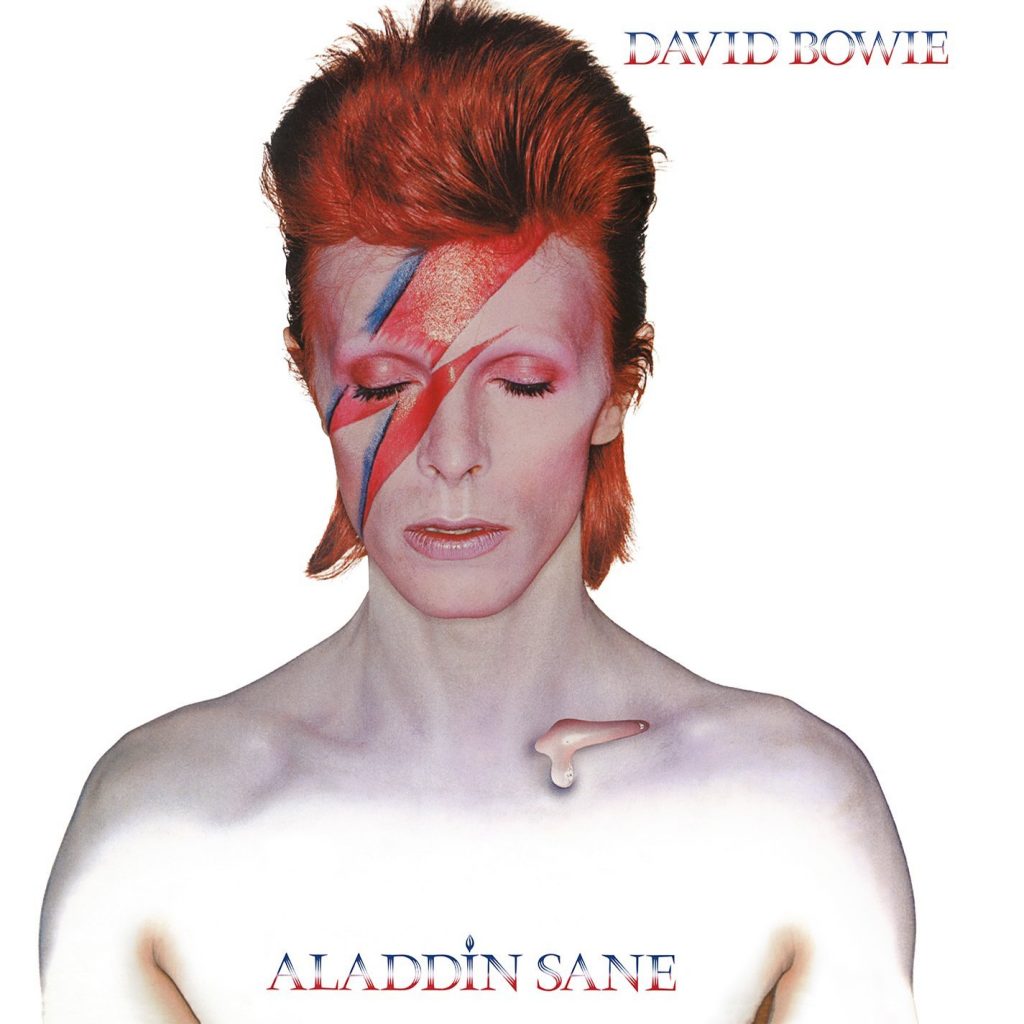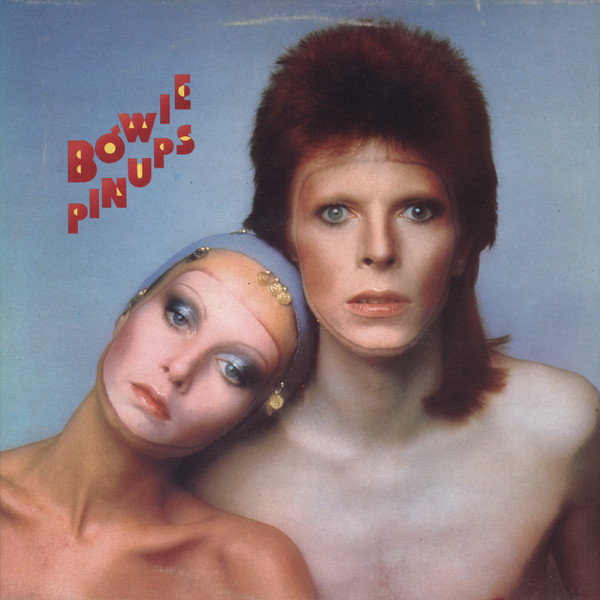
While we are in the middle of a music revolution that involves all facets of society— politics, rights, culture, fashion— it is important to appreciate the musical lodestars of recent past, the rock ’n’ roll era. For those rock ’n’ roll stars were the first to find a place in the spotlight of fan obsessiveness, fashion influencers and the whole world. There are many to chose from — Iggy Pop, Janis Joplin, Jimi Hendrix, Prince — but the most appropriate choice to discuss would be David Bowie.
In light of the “Rebel Rebel” photo exhibition on Oct. 4, I think it is important to understand why SCAD has titled the show after one of Bowie’s most famous songs. Bowie is hard to write about. Just from the knowledge I have of him off the top of my head, I could write a whole chapter — but I won’t. The first problem is how to condense or chose what part of Bowie I want to elaborate on. I will discuss his Ziggy Stardust phase to begin with. Everyone knows the red flaming hair and the lightning bolt on his face. The cover of his “Aladdin Sane” album, a play-on-words meaning of “a lad insane,” is classic Bowie. That’s the face most people, fan or not, recognize when they hear the star’s name.
Bowie’s first recognizable alter ego has presents in his albums from 1972-1974. These include “The Rise and Fall of Ziggy Stardust and the Spiders from Mars,” “Aladdin Sane,” “Pin-Ups” and “Diamond Dogs” — which is were the song “Rebel Rebel” can be heard. However, some say that the “Diamond Dogs” album was really produced under his Halloween Jack alter ego. This explains the spooky tone of this album and the inclusion of “We are the Dead” and “Chant of the Ever Circling Skeletal Family.”
His signature red mullet is featured on the cover of all of these, only with the sense of something wrong. During his time as Ziggy, Bowie had a great pleasure for cocaine. His thin, pale body is evident of this in all images as Ziggy, and later on as Thin White Duke. It was not until his release of “Scary Monsters (and Super Creeps)” in late 1980s that his coke-induced alter egos died out and his clown ego, Pierrot, rose from the ashes.
The quiddity of Bowie was his ever-changing tone, style and music. That legacy left behind was a product of metamorphosis. Yet the thing that launched him into the galaxy of our memories was his Ziggy persona. Though beautiful in music and in fashion, Ziggy was nocuous to Bowie. There are many accounts of Bowie becoming very different. I remember having a conversation at a party with someone who worked with him. She told me that all he ate was banana pudding, red bell peppers and milk.
His Thin White Duke alter ego was one of his darkest. There are signs of his addiction growing stronger in the interviews and live performances. The best way to identify this alter ego in fashion was the sudden switch from flashy leotards to oversized suits. There was also an obvious fading of his red hair, the shade signature in his role in “The Man Who Fell to Earth.” The death of Thin White Duke occurred during his time in Germany, where “Station to Station” and “Heroes” was written. His character of Thin White Duke, though not the first to be remembered in popular opinion, is one of the most twisted and extraordinary parts of his life when it came to being rock star and a musician.
One thing the mass population forgets about one of history’s greatest musicians was his chameleon-like ability to nearly become a different person. Bowie embraced how much he could shift from one thing to the next and confront it — completely apparent in his famous song “Changes” from the album “Hunky Dory.” It should behoove you to think beyond Ziggy when you see Bowie, because so much of him was not the coke-induced ego of the alien musician.
While it is easy to compare Bowie to extraterrestrials, that’s not what he was. In fact, I see him as the opposite. His music was so different not because he was alien-like, but because he was so human. These ideas he proclaimed musically were so naturally and purely human that it confused the masses that listened to him. Bowie’s story is something I cannot completely tell you in one article — or even in an hour-long conversation. So even if you don’t like his music, there was more to him than the albums he made. His other facets make you realize how truly spectacular his career was.





























